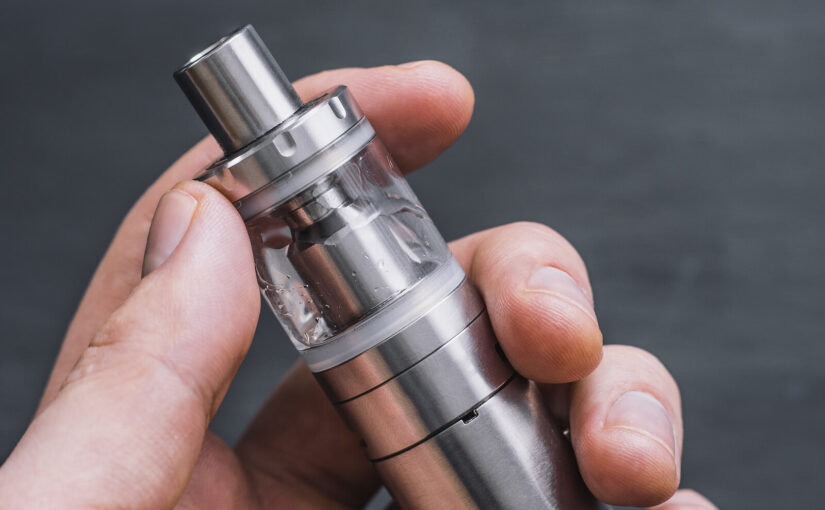Easter signals the end of Lent, a period of 40 days marked by fasting and self-discipline, and the arrival of the most important festival in the Christian calendar.
An estimated 44.5 million people in the UK will celebrate Easter this year, representing four in five Brits.
According to recent statistics, 77% of the population plans to spend money on Easter celebrations in 2024, with an anticipated average spend of £53 per person. Shopping lists typically include Easter cards, chocolate eggs, hot cross buns, succulent roast lamb, and spring-themed house decorations.
Unfortunately, spending often leads to waste, and it’s crucial to acknowledge the environmental footprint left by Easter traditions.
Get egg-cited for spring and join us as we explore some key aspects of the holiday and how to mitigate their environmental impact for a more sustainable Easter.









